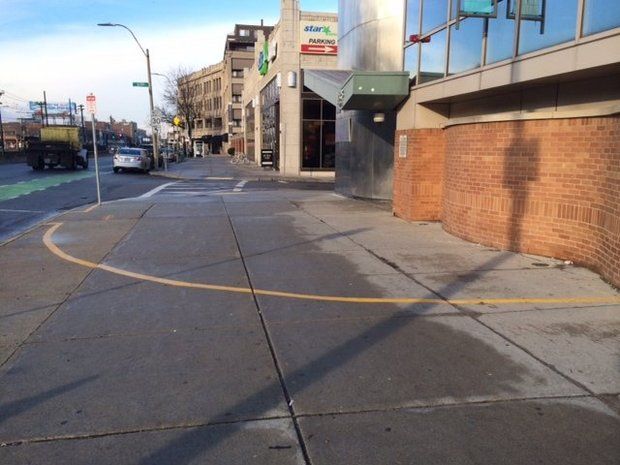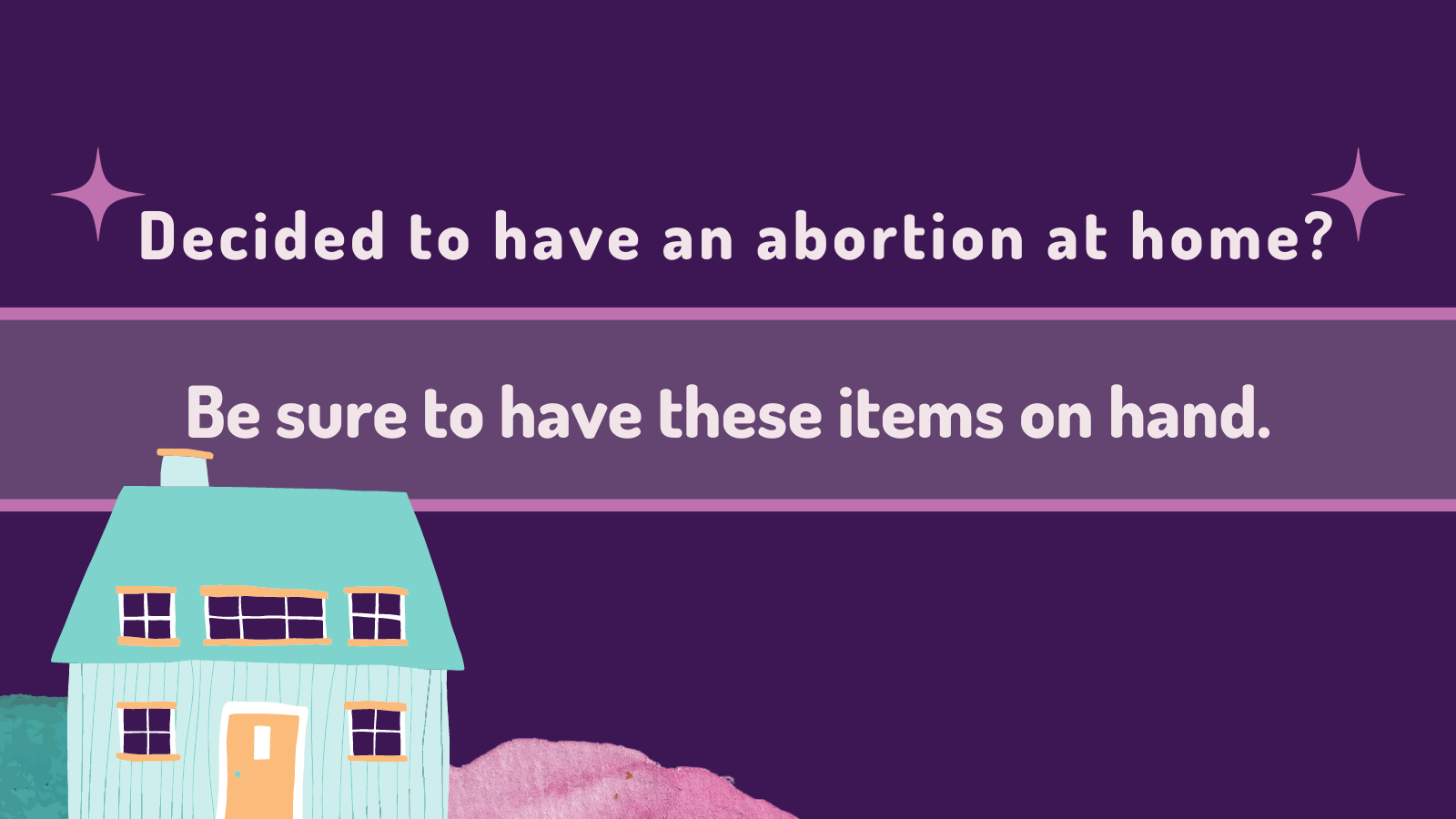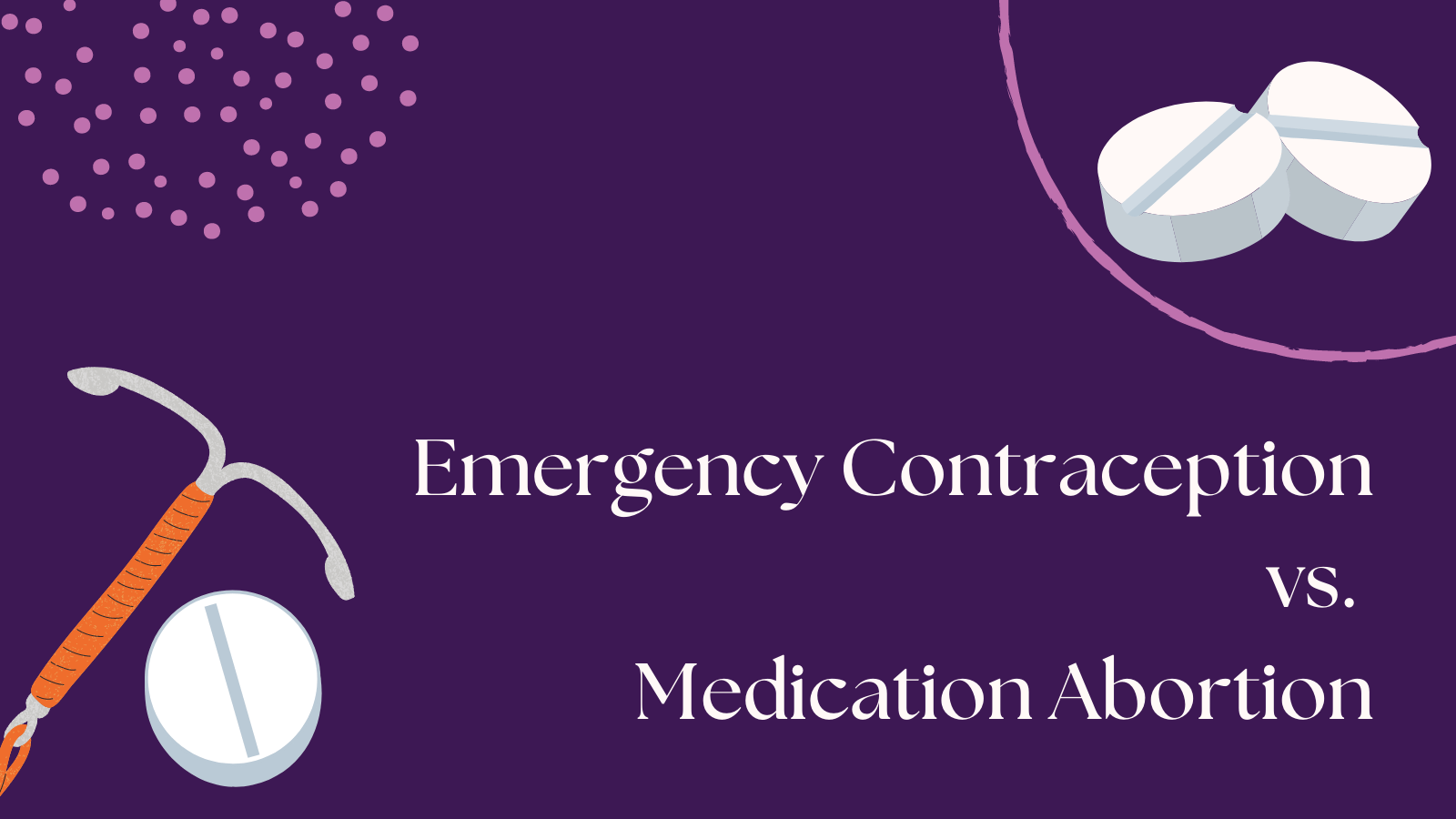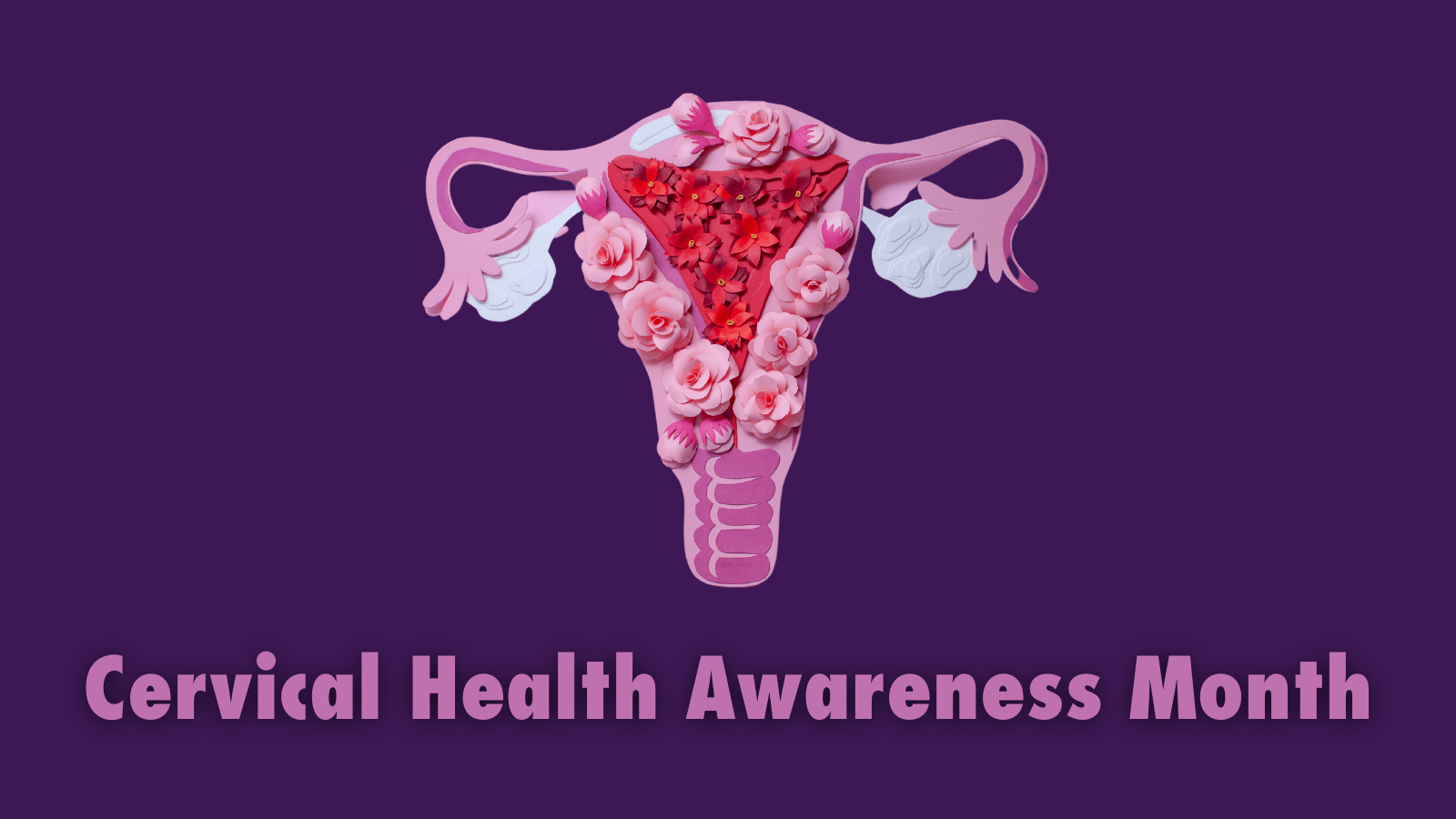
Today the Supreme Court is hearing arguments in McCullen v Coakley, a case in which anti-choice protesters claim that a Massachusetts buffer zone law requiring picketers to stay at least 35 feet from a clinic entrance violates their right to free speech. Should the high court side with McCullen and others, places like Portland, Maine, Colorado, Pittsburgh and Chicago would no longer be able to enforce their buffer zone laws and ordinances passed to protect patients seeking abortion care in the facilities that serve those areas.
In the case of Hill v Colorado in 2000, SCOTUS sided with Colorado’s current buffer zone law, stating that protesters’ First Amendment rights to free speech were not violated when buffer zones were enforced. In the court’s majority opinion, Justice Stevens wrote that it only makes it more difficult to give unwanted advice to someone seeking an abortion:
“Although the statute prohibits speakers from approaching unwilling listeners, it does not require a standing speaker to move away from anyone passing by. Nor does it place any restriction on the content of any message that anyone may wish to communicate to anyone else, either inside or outside the regulated areas. It does, however, make it more difficult to give unwanted advice, particularly in the form of a handbill or leaflet, to persons entering or leaving medical facilities.”
McCullen v Coakley is a direct challenge to Hill v Colorado, and the court’s decision to hear the case has abortion providers and pro-choice advocates more than a little concerned. Appeals court judges have all upheld that buffer zone laws are a good balance of rights for both protesters and the clinics that they target, giving patients and staff access to the building while also allowing picketers to maintain their right to free speech but not to incite violence or block access to clinics. When issuing his opinion on McCullen, First Circuit Judge Selya called the plaintiff’s allegations of First Amendment violation a “creative recalibration of First Amendment principles”.
As Robin Marty asks in her Think Progress piece, “By taking up McCullen, is the Supreme Court signaling it sees something different than the previous courts did?” Even though the passage of the Freedom of Access to Clinic Entrances (FACE) Act in 1994 has prohibited protesters from blocking patients and staff from clinics, buffer zones have since protected patients from further harassment that could become, and has become, violent behavior.
Buffer Zones Do as They’re Intended

The National Abortion Federation (NAF) filed an amicus brief in support of the state of Massachusetts, showing that supporting and allowing for buffer zones is a necessary way for the state to exercise its interests in protecting clinics, their staff, and their patients from violence:
“Despite these precautions, reproductive healthcare facilities regularly encounter violence and obstructed access to this day. The most recent murder of a physician who provided abortions occurred in 2009. By 2010, one out of every five reproductive healthcare facilities was afflicted by anti-abortion violence. In 2012 alone, five facilities suffered arsons. From 2007 to 2012, there were at least eight arsons, six attempted arsons or 3 bombings, 41 incidents of assault and battery, and more than 200 acts of vandalism of facilities. Much of this violence occurs in the areas immediately surrounding reproductive healthcare facilities. Given this continuing reality, a buffer zone immediately surrounding facility entrances helps secure patient and staff access to the facilities, and is a narrowly-tailored response to the States’ significant law enforcement interests. In fact, surveys show that buffer zones have decreased violence, obstruction and intimidation outside of reproductive healthcare facilities. This improved situation compels the continuation, and not the dismantling, of buffer zone laws.”
NAF also recommends buffer zones in its Legal Remedies to Address Clinic Violence and Harrassment handbook, and lists a state-by-state collection of ordinances and injunctions that help protect clinics. Though some buffer zones were struck down before the decision in Hill v Colorado, NAF believes that “if similar ordinances were introduced today they would likely survive a constitutional challenge.” In regards to McCullen, we certainly hope that’s true.
Freedom of Speech ≠ Freedom of Violence or Harassment
US News and World Report quotes President of Massachusetts Citizens for Life Anne Fox on the lawsuit:
“We consider it a First Amendment issue, because it’s a law that targets very certain facilities, just abortion facilities,” says Anne Fox, the [Massachusetts Citizens for Life] president. Protests outside corporate buildings or by animal rights activists, for example, do not have protests “buffer zones.” Fox says the zones also make it nearly impossible for anti-abortion activists to speak freely to women walking into clinics to get an abortion.
While we wholeheartedly agree that the First Amendment grants anyone the right to say and believe what they choose as well as assemble in protest, it grants no one the right to use tactics like violence, harassment, stalking, or murder as a means of “free speech”. Being forced to stand 35 feet away from the entrance to a clinic, while making it more difficult to directly engage with a patient, does not obstruct a protester’s right to assemble or tell them what they can or cannot say and believe. A buffer zone is created so that a picketer can’t get into a woman’s face, follow them to the door, or make any harmful actions against her when she’s walking into a facility.
From Adam Liptak of the New York Times writes:
Law professors defending the 2007 Massachusetts law filed a supporting brief in the case, McCullen v. Coakley, No. 12-1168, pointing out that buffer zones also exist around polling places and funerals. In a supporting brieffiled for Planned Parenthood, Walter E. Dellinger III, a former acting United States solicitor general, reminded the Supreme Court that it forbade protests on its own plaza.
As the court hears arguments today we, like many others, will be watching for the decision to see if they uphold the standards that were rightfully set in Hill. Until then the question remains: If SCOTUS interprets the creating of safe, protective spaces for women in communities with high instances of anti-choice violence as an encroachment on free speech, what kind of precedent does that set for future First Amendment cases?




